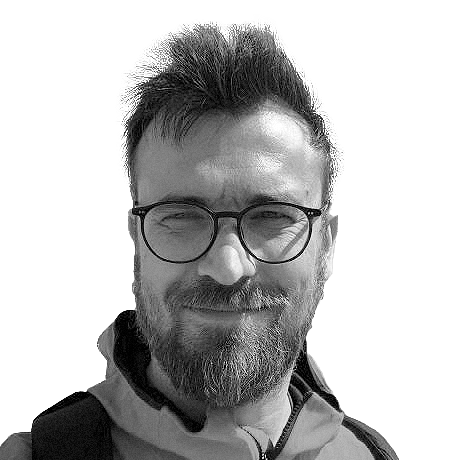The dream of emulating human brain is one of the most challenging endeavour of our time. As technological advancement is gradually speeding up and the vast amount of data giving cues about patterns of thinking, it might look like as if we indeed are not that far away from passing the Turing Test at the first glance. However, the challenge is not only fighting against the hardware constraints or technical, at all. We still need to find answers for philosophical questions, though, like “what is mind” ? Is a machine which is perfectly able to mimic human intelligence supposed to be conscious ? What is consciousness ?
The neocortex is the thin layer surrounding mammalian brain where the cognitive activity takes place, is survival important for Homo sapiens. Human neocortex comprises about three billion pattern recognisers in clusters, that are not other than small statistical circuits taking signals in through dendrites from lower layer pattern recognisers and transmit results through its axons to the next level. There are yet mathematical models like hierarchical hidden Markov models (HHMM) by means of that we can build similar structures and replicate the functionality of the pattern recognisers. But, would having built a 100% non-biological replicate of our brain, suffice to declare our victory against the nature ? How conscious is conscious for us ? Are dogs or babies conscious ?
Besides all these philosophical questions, a perfect simulation of human brain demands great hardware power while we are being about to reach the limits of conventional production of silicon chips. Though we are bound to the constraints mandated by the Moore’s law, the history of technological advancement, however, showed us that we were always able to find another way. Take the evolution of engines, from steam machines to jet engines. Whatever it is, say our ambition on taking on the God role or enormous curiosity has always been a trigger for the next level. We are urged by our survival instincts to create a better version of what we have. The quantum computers, for instance, are already there, emerging from our curiosity, they will break the hardware limitations and certainly take the artificial intelligence to the next level.
The “How to create a mind” is a comprehensive overview of progress in machine intelligence, while accepting the criticism with grace and appreciation. Ray Kurzweil shares his opinions with us and answers all these questions listed above. The Pioneer of the AI sheds light on the nature of biological and non-biological intelligence while giving recipes so as to model the biological brain and demystify the tools, also for non-technical readers, from Neural Networks to programming languages like LISP, we use to build artificial intelligence.
Today, the machines even beat humans in chess or win on jeopardy! Or learn to play Starcraft on their own. Just think about it, how many years it took for artificial intelligence to get so far in comparison to the evolution of biological intelligence up to modern human. It will then become obvious that the technological singularity is not that far from us.
